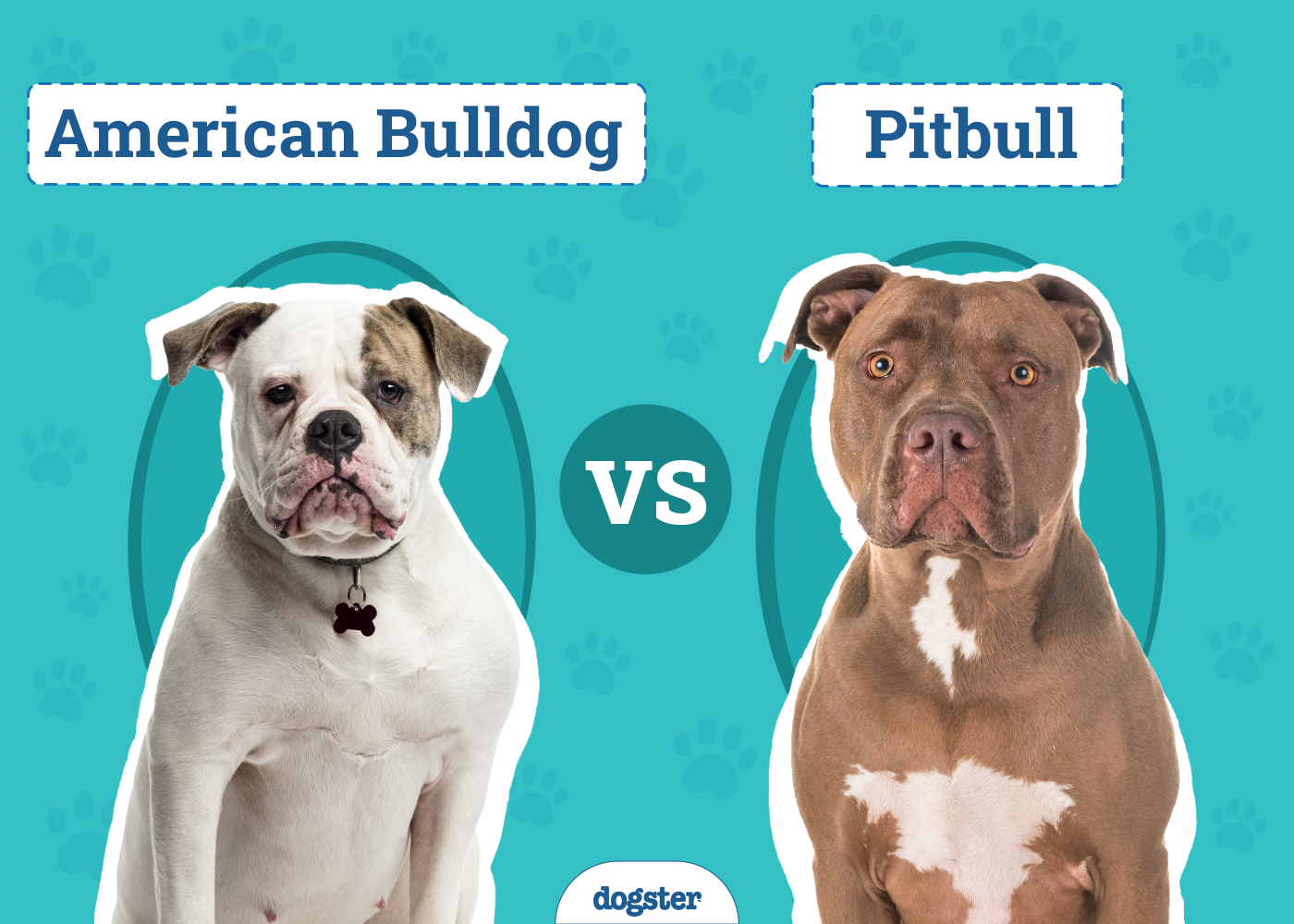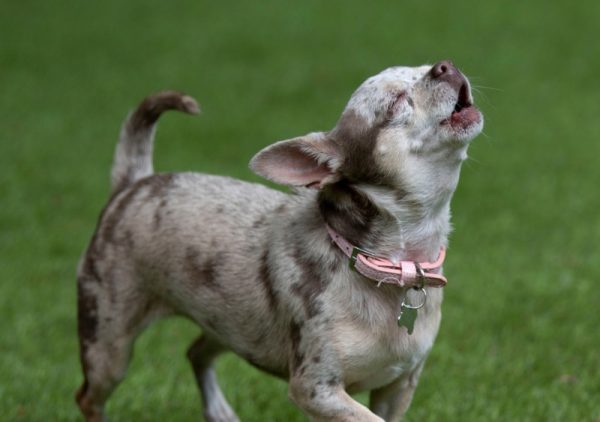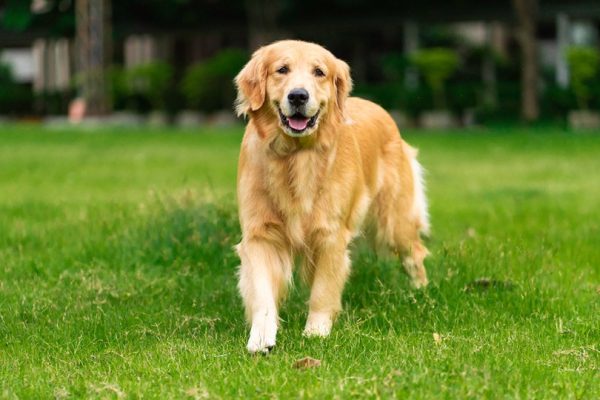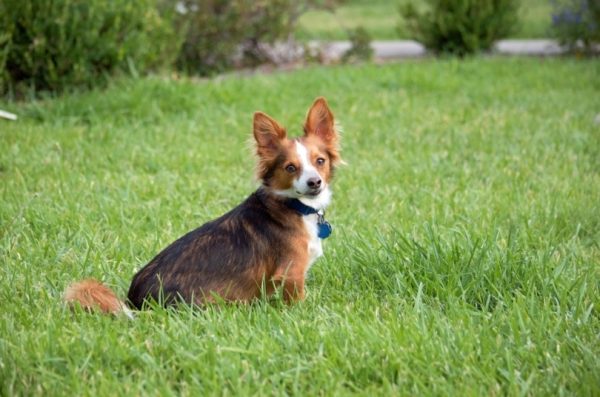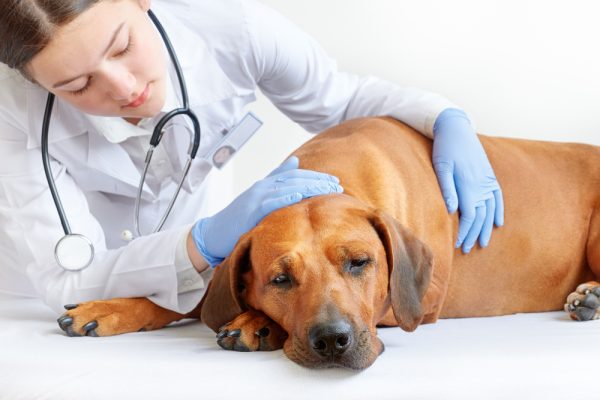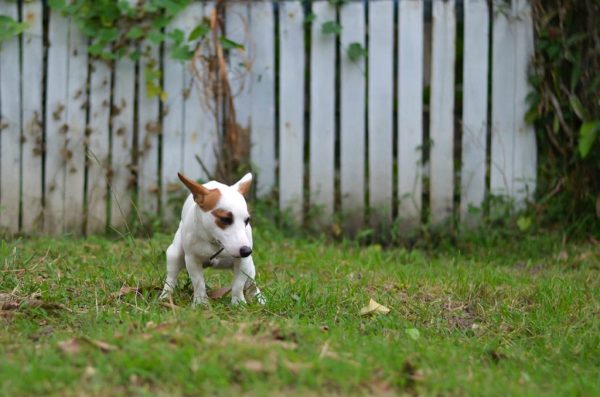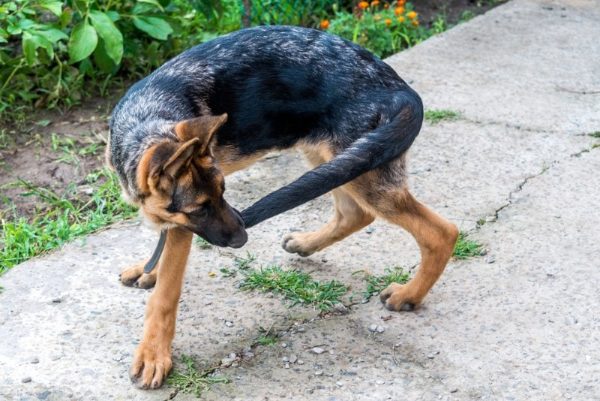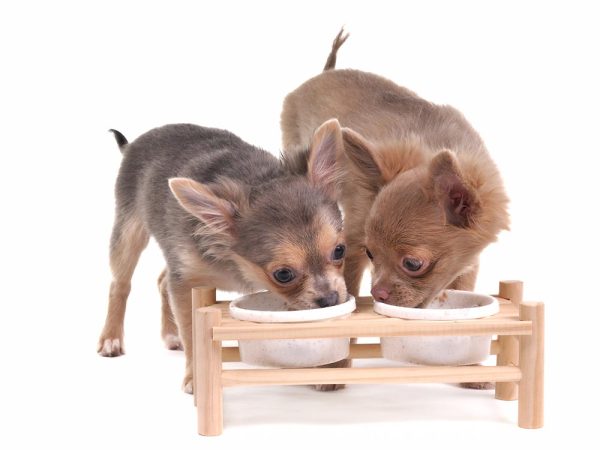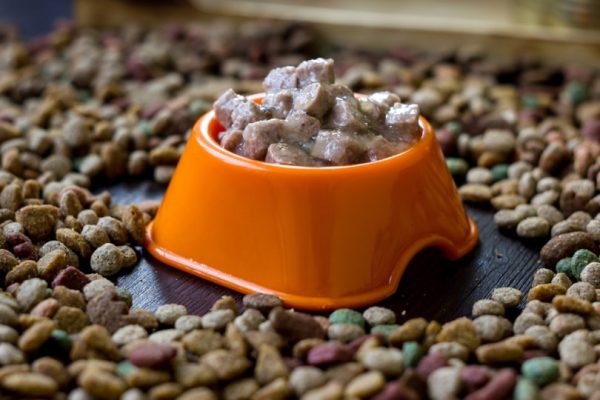In this article
View 3 More +The American Bulldog and the Pitbull are often confused because of their similarities. That makes sense, given that the Pitbull is more of an umbrella term that describes several Bully or Pit-type breeds rather than one breed. So is an American Bulldog a Pitbull? In fact, Pitbulls arose from breeding bulldogs with Terriers, so these dogs share a common ancestor.
If you’re considering bringing home an American Bulldog or a Pitbull and are unsure which is ideal for your home, you’re in luck! We’ll break down the key similarities and differences between these two dogs so you can pick the best one for your family.

American Bulldog vs Pitbull: Visual Differences
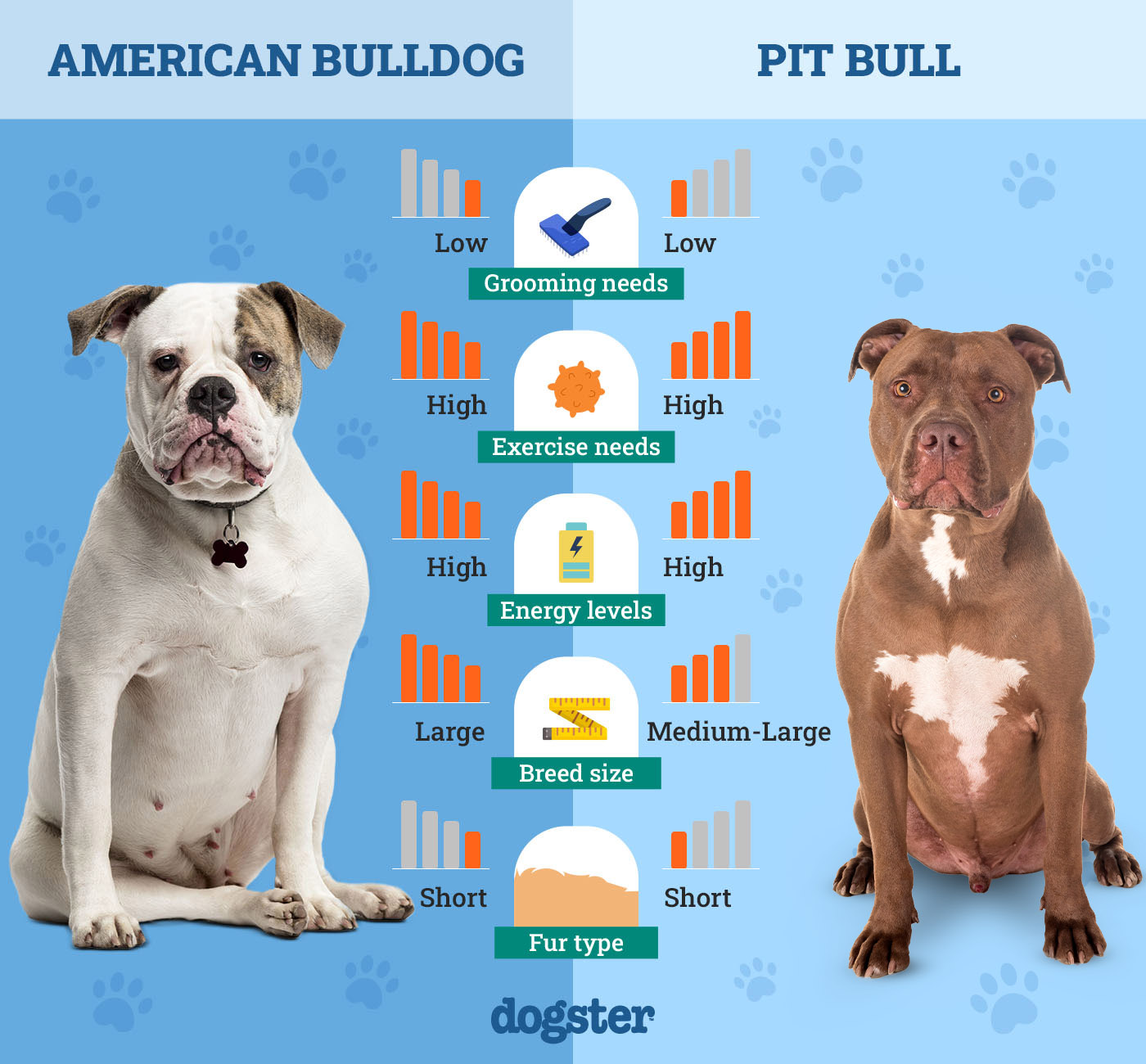
At a Glance
- Average height (adult): 20–25 inches
- Average weight (adult): 60–100 pounds
- Lifespan: 10–12 years
- Exercise: 2+ hours a day
- Grooming needs: Moderate
- Family-friendly: Often
- Other pet-friendly: Sometimes
- Trainability: Strong, athletic, stubborn
- Average height (adult): 17–21 inches
- Average weight (adult): 35–50 pounds
- Lifespan: 10–15 years
- Exercise: 2+ hours a day
- Grooming needs: Moderate
- Family-friendly: Sometimes
- Other pet-friendly: Sometimes
- Trainability: Varies by specific breed

American Bulldog Overview
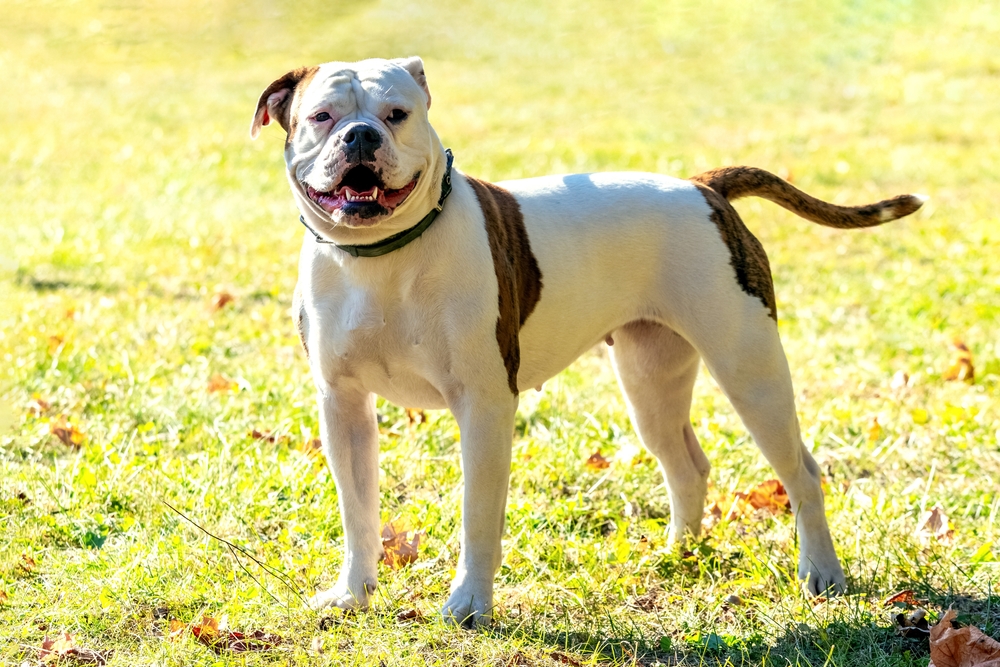
As a descendent of the English Bulldog, the American Bulldog is a muscular Mastiff-type dog historically used for protection and livestock guardianship on farms and ranches. The breed’s success in the southern US is due to their ability to catch feral pigs.
Personality
American Bulldogs are confident, social dogs that bond strongly with their owners. They’re not typically friendly with people they don’t know, as they were used for centuries as guardians of the home and livestock.
Training
Bulldogs require early socialization and obedience training to direct their energy and establish good boundaries. They need consistency and a firm hand to avoid behavioral problems in the future, but they should always be trained with positive reinforcement methods.
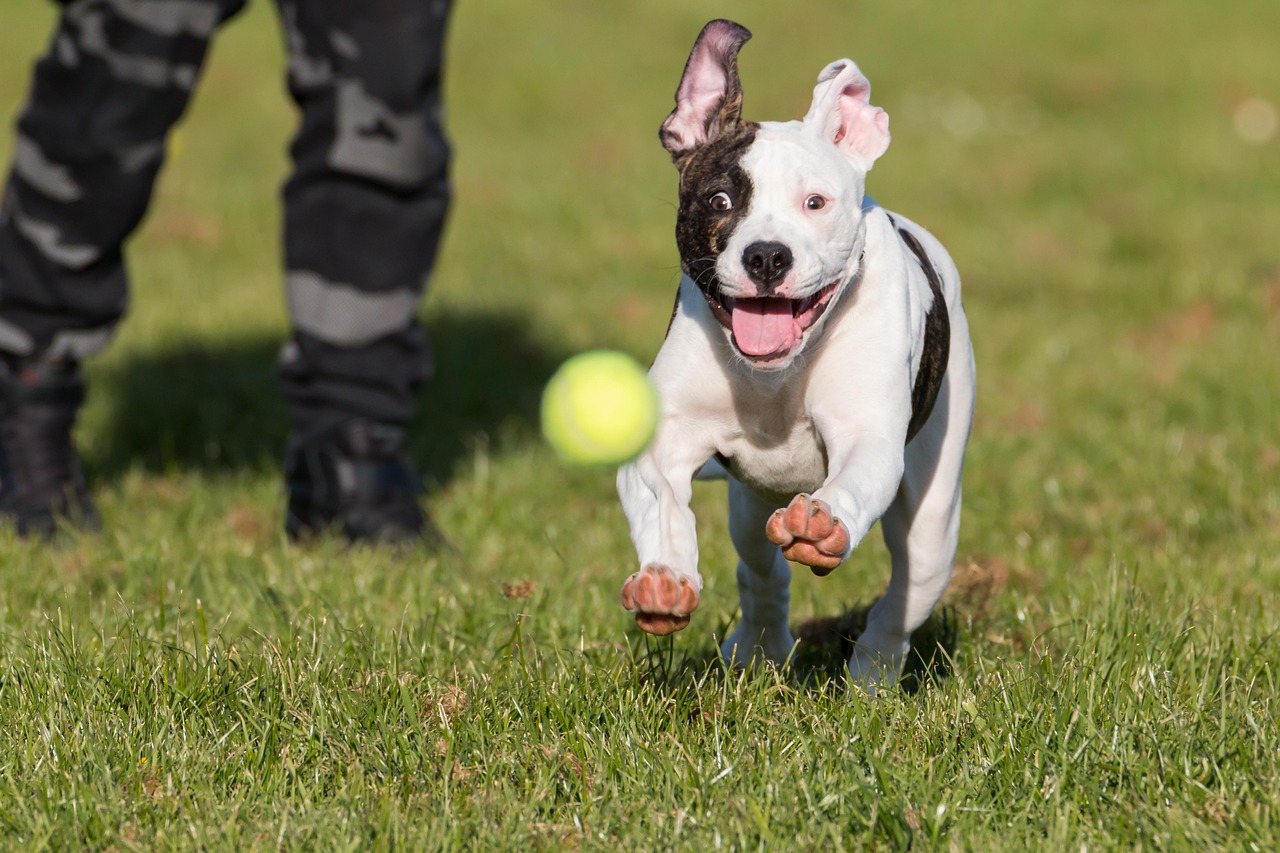
Health & Care
The American Bulldog is generally a healthy breed, but it’s important to keep up with regular veterinary exams and preventative care to prevent health issues in the future. American Bulldogs are prone to joint problems, particularly in the hip and elbow, and they can get skin conditions with their skin folds. They are also susceptible to genetic diseases, which is why it’s vital to work with a reputable breeder.
Grooming
American Bulldogs are relatively easy to groom. They don’t require baths often unless they get dirty playing outside, and their short coats are easy to maintain. You must inspect and clean their skin folds, which can harbor bacteria and cause irritation. Bulldogs also need their nails trimmed and their ears cleaned regularly.
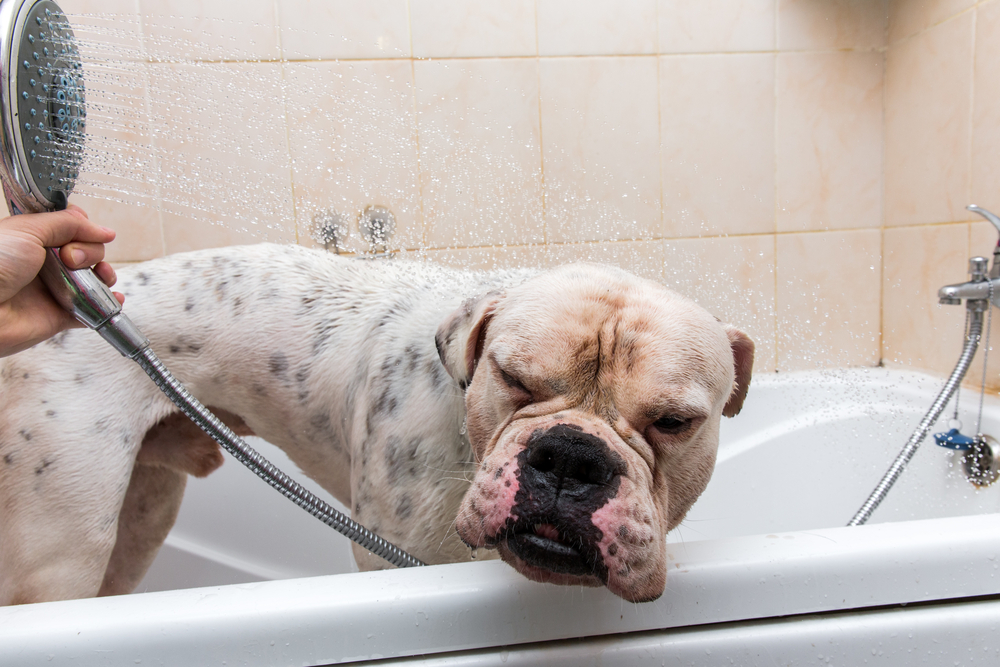
Suitable For:
American Bulldogs are versatile and can adapt to life on a farm, in a family home, or as a competitor in canine sports. Whichever use you have for your Bulldog, it’s important to train and socialize them to ensure they’re comfortable with other pets and family members. They get along with children but must be supervised when interacting with them to prevent accidental injuries.
Pitbull Overview
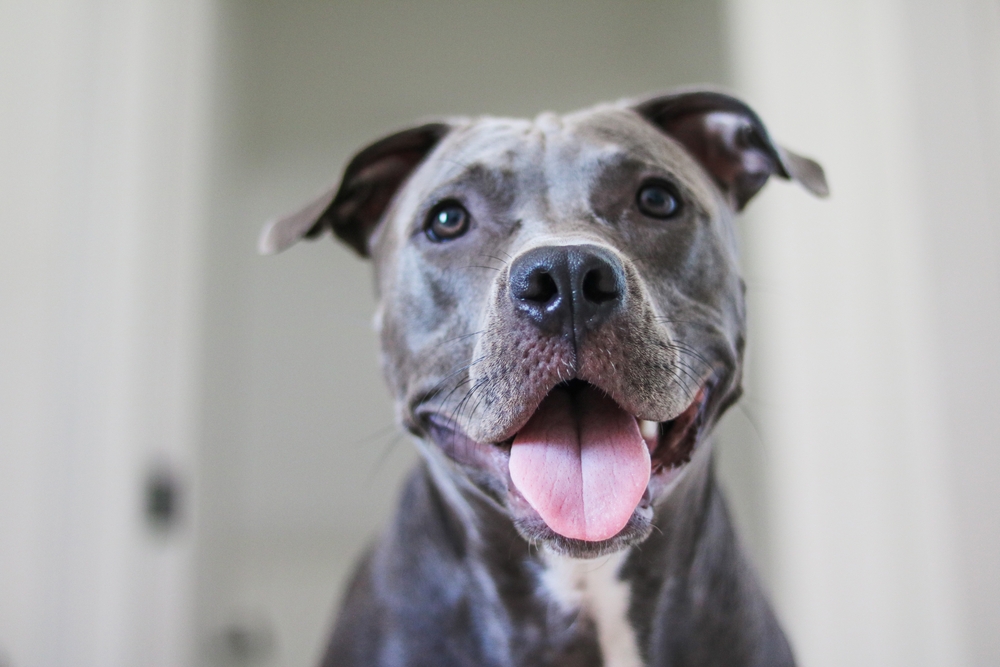
As mentioned, the Pitbull is not one breed but a group of dogs with Bully or Pit characteristics. The American Pit Bull Terrier, one of the most recognized Pitbull types, was created when breeders combined Bulldogs for their strength with Terriers for their gamesmanship.
Originally called the “Bull and Terrier,” the Pibull was used for blood sports like bull and bear baiting. Once animal welfare laws banned these sports, some used them for dogfighting. Pitbulls make excellent pets, working dogs, police dogs, and therapy dogs.
The American Pit Bull Terrier is the only “true Pit,” but other dogs included in the Pitbull category include the American Staffordshire Terrier, the Staffordshire Bull Terrier, the American Bully, and sometimes the American Bulldog.
Personality
Because Pitbulls can include a variety of bully breeds, their personalities can vary widely. However, they share many similarities with American Bulldogs, such as their strength, athleticism, sociability, and wariness of strangers. Because of their lineage, Pitbulls have a higher prey drive and may not readily accept new pets.
Exercise
As athletic, working dogs, Pitbulls require a lot of exercise to stave off boredom. They excel at canine sports like rallies, agility courses, and protection sports. They also make great companions for running or hiking.
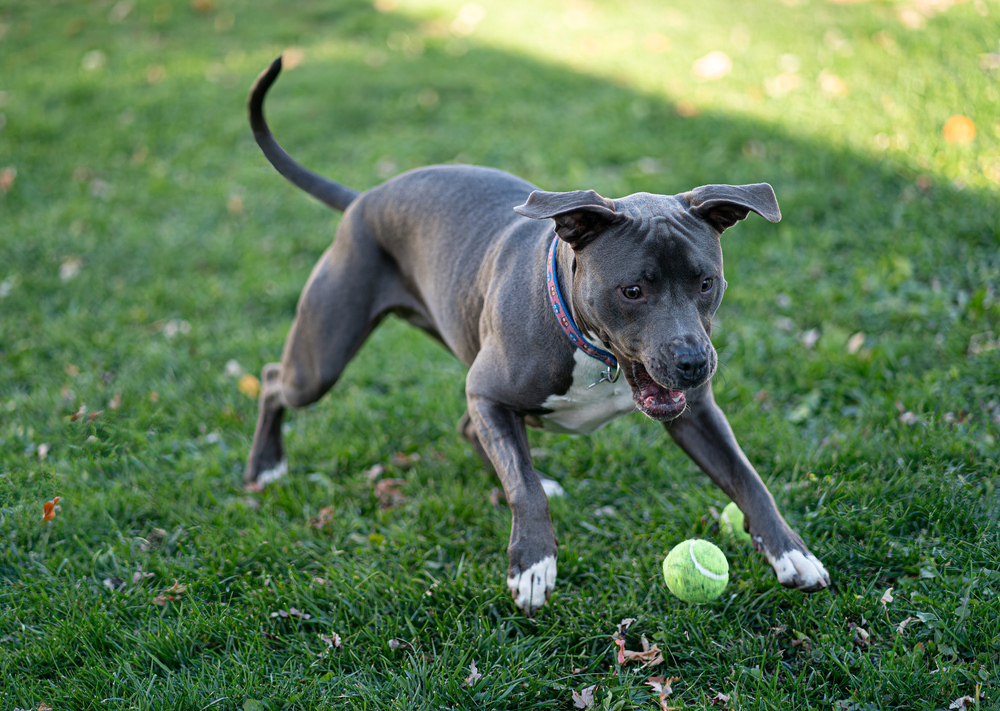
Training
The Pitbull’s trainability largely depends on the breed, but overall, they are highly trainable. They were used in dogfighting because of their loyalty to their owners. During a fight, they were less likely to redirect aggression on their owner. However, given the issues with the perception of the dogs’ temperament, including breed-specific legislation, Pitbulls must be trained well to prevent any aggression toward dogs or humans.
Health & Care
When looking for a Pitbull, you must research the breeders thoroughly. In the past—and to some degree in underground circles—Pitbulls were selected for their ability to fight and win instead of for their health or good temperament. They’re also common with backyard breeders, so they may have genetic health conditions from unethical breeders. Taking your Pitbull to the vet regularly for preventative care and identifying any potential health concerns is important.

Grooming
Like the American Bulldog, Pitbulls are not difficult to groom. They don’t shed often, as most breeds are shorthaired, so they only require regular brushing and bathing. They’ll also need their nails and ears cleaned every few weeks.
Suitable For:
The various breeds that make up the Pitbull are suitable for most owners and families. They can be loyal family companions, guard dogs, farm dogs, and competitors, depending on breeding and training. However, they must be trained and socialized properly to get along with other pets and strangers.
American Bulldog vs Pitbull: Which Breed Is Right for You?
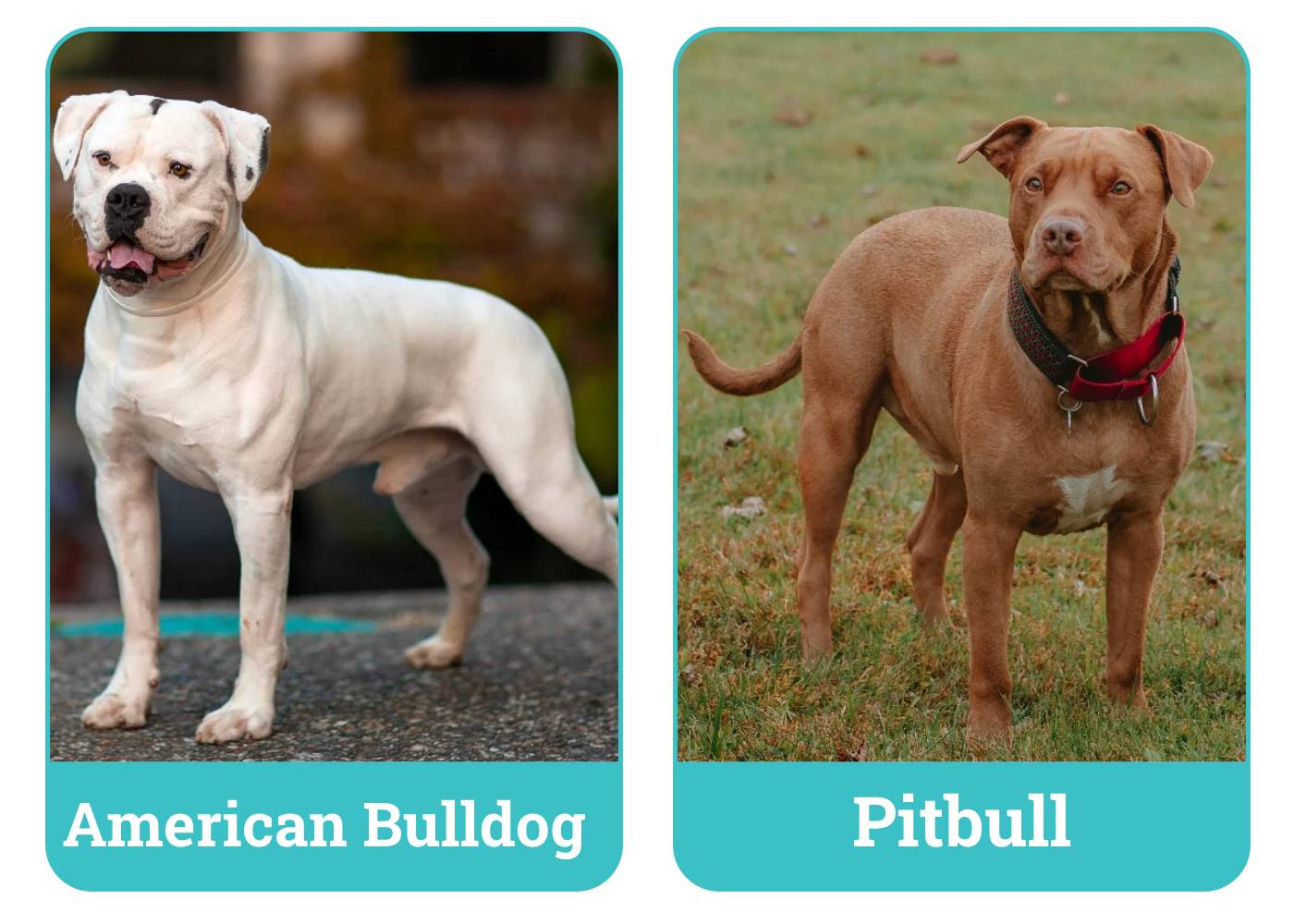
The American Bulldog and the Pitbull are more alike than different, as they share lineage with the English Bulldog. Otherwise, the differences lie in the specific breed that’s described as the “Pitbull” and their traits. American Bulldogs are usually larger than Pitbulls, but both breeds are unsuitable for first-time owners.
See Also:
Featured Image Credit: Dogster/Shutterstock
